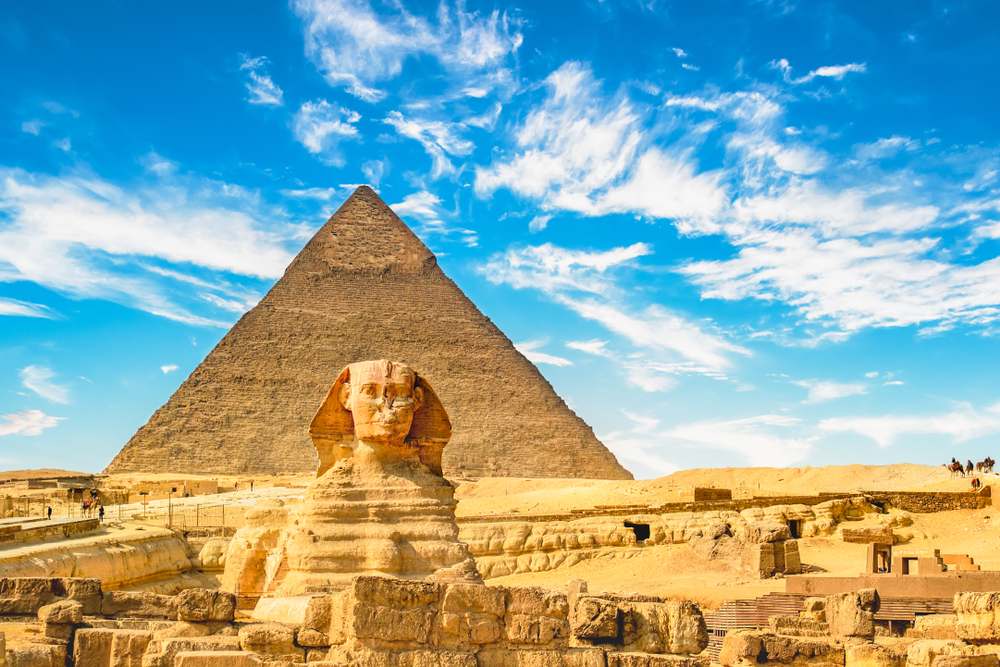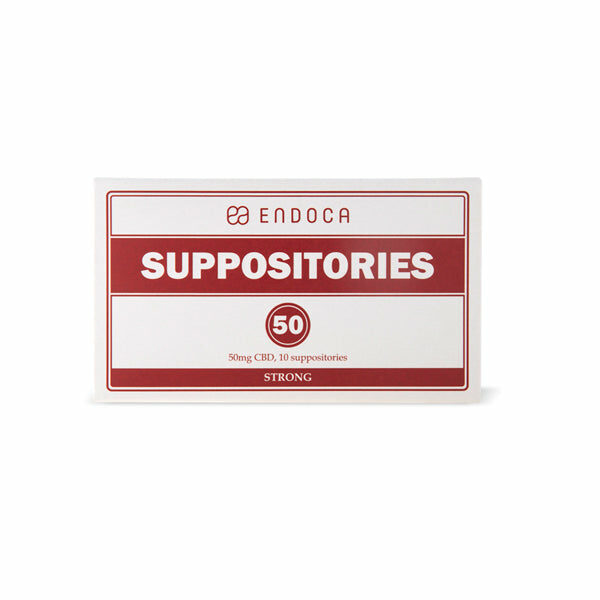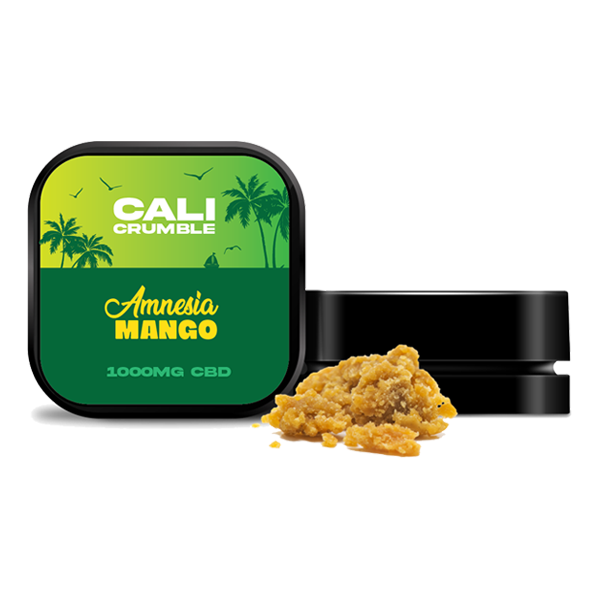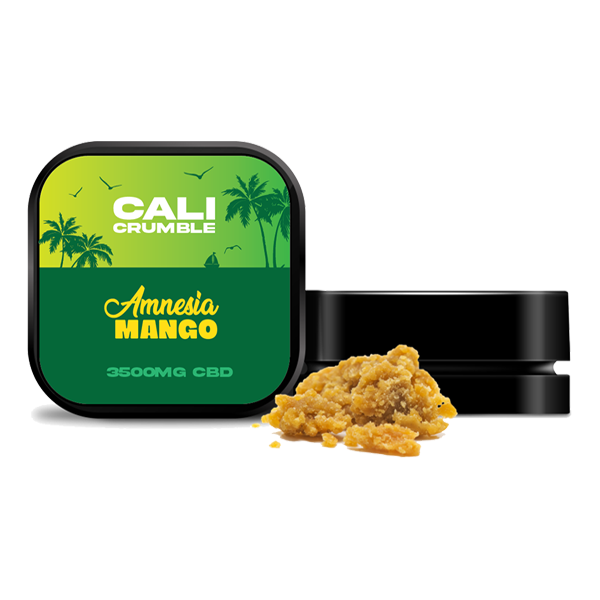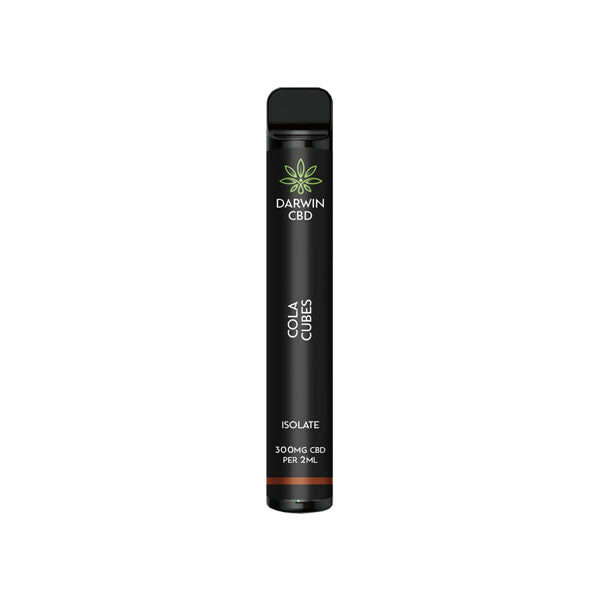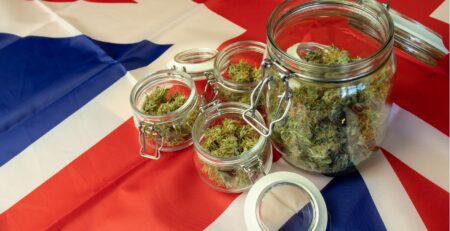CBD in Ancient Egypt
CBD is often seen as a new phenomenon. It has exploded in popularity in the last decade, with the increasing cultural acceptance of its parent plant. We will see that CBD has in fact used by one of the oldest civilisations on the planet – The ancient Egyptians.
-
CBD Products, CBD Vape, CBD Vape, Disposable Vape Pens, Vaping Products
Darwin The Big One 2000mg CBD Disposable Vape Device 3000 Puffs
£19.00
Cannabidiol – Not a Modern Cure-all
CBD stands for cannabidiol. It is a phytochemical – a natural compound produced by a plant. In this case, the plant it comes from is Cannabis sativa – commonly known as simply cannabis, or hemp.
CBD was first isolated by two chemists in the US during the Second World War. Nothing more was done until in 1963 Raphael Mechoulam and his research group discovered the shape and formula of CBD, working at the Hebrew University in Jerusalem. This team would go on to discover many of the pharmacological benefits of cannabidiol.
CBD brings about a range of effects in the human body: it is being used in Canada and Sweden to treat pain from Multiple Sclerosis (MS), while private citizens the world over are using it for anxiety, depression, chronic pain, arthritis and more conditions.
Ancient Origins
CBD exists in high concentrations in the hemp plant. These plants are cultivated by humans for nutritious seeds and edible oil. The fibres make string, ropes, and clothing among other things.
Hemp was used as a medicine at least as early as 2500 BC in the Netherlands. The grave of a Neolithic farmer was found from this period, with a lot of fossilized pollen: 90% cannabis, and 10% meadowsweet – Filipendula ulmaria. Due to both plants being medicinal in different ways, it is thought that this person was very ill at the time of death.
Before farming was even discovered, hemp was eaten by humans, as shown by remains in China from almost 10,000 years ago. Other examples of past uses of cannabis medicine include the ancient Greeks using it for their horses, while in India and China, ancient medical texts prescribe it for a range of mental and physical disorders.
The Medicated Mummy
Asru was an ancient Egyptian priestess who lived around 2700 years ago. She is thought to have lived to at least 60 years old. This is far beyond the life expectancy of anybody, anywhere in the world at that time in history.
The initial study of her mummified body found dozens of health problems: chronic coughing, osteoarthritis, flatworms, threadworms, diabetes, and septic arthritis were just a few of the illnesses Asru suffered from.
With this data, it was initially assumed that Asru suffered greatly in the final years of her life. However, with the recent discovery of medical texts seem to suggest that the ancient Egyptians had a greater knowledge of medicine and the human body than we knew. Along with this, a huge number of medicinal herbs and minerals were found in the sarcophagus (coffin). These perfectly matched her symptoms.
As well as copper and honey to halt infections, researchers found carob, pomegranate, and turpentine to expel worms, barley water, acacia gum and juniper for diabetes, and celery seed as an anti-inflammatory. Many other medicines appeared in Asru grave, along with cannabis for treating hemorrhoids!
Besides the documents and plant remains found with Asru, other Egyptian herbal texts reference cannabis as a medicinal plant for many ailments. The Ebers Papyrus is the oldest complete medical textbook in existence and mentions cannabis as a treatment for ingrown toenails and inflammation. It dates from 1500 BC. At least four other Egyptian texts, ranging from 1300-1700 BC, also reference this plant.
READ MORE: The Entourage effect is powerful, learn more about its benefits
A Future For Cannabis in Egypt?
In the early 1800s, Napoleon occupied Egypt for a number of years. As alcohol was unavailable in the country at the time, his soldiers used the local hashish. It was estimated by one of his officers that the majority of the male population of Egypt at the time used it. These soldiers are credited with bringing cannabis into the mainstream in Europe when they took supplies home with them.
Although cannabis-based products are currently illegal in Egypt, the long historical association with this useful plant means that it has remained a large part of the culture there.

